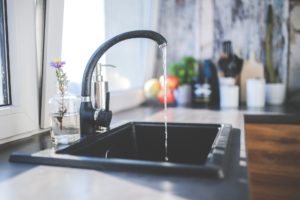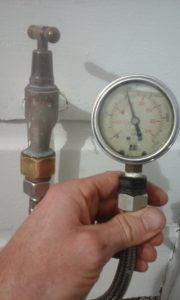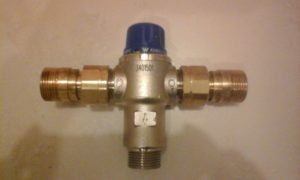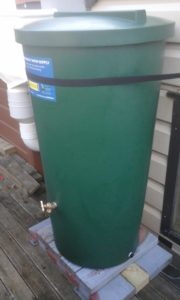Get your Leaking Toilet Fixed!
“My toilet is leaking”.
This is one of the most common phone calls our plumber, Craig, receives.
A leaking toilet is one of those plumbing issues that is annoying but, in our busy-ness, we often ignore, thinking we’ll get to it “tomorrow”. You may be surprised to know that a medium toilet leak could waste about 1,000 litres of water a day! If you’re paying for your water or water levels in supply lakes have been low (as they were here in Wellington this past Summer) or you’re simply conscious about wasted resources, that is a significant amount of water that you don’t want to waste.
You can catch a leaking toilet early to save water and to get it fixed before it gets worse. Watch for water trickling into the bowl between flushes. A small leak will be almost soundless and cause just a small ripple in the water. If your toilet system is older, it will have an overflow pipe coming from the side of the cistern which may also drip.
Although, did you know it’s not actually a “leaking toilet”? Nothing is “leaking”, as such. And, if we’re going to get finicky about it, it’s not the toilet that is malfunctioning but the cistern. Over time, the rubber and plastic components inside the cistern wear down and require fixing or replacing. Toilet cleaning detergents and additives to our water contribute to the corrosion of these parts. These components work together to stop and start the flow of water into the bowl and are generally what require fixing or replacing when a toilet is running.
If you’ve got a running toilet, Craig can usually repair it in under $150. He’d be keen to help. Go and check yours now!
Craig and Julie









